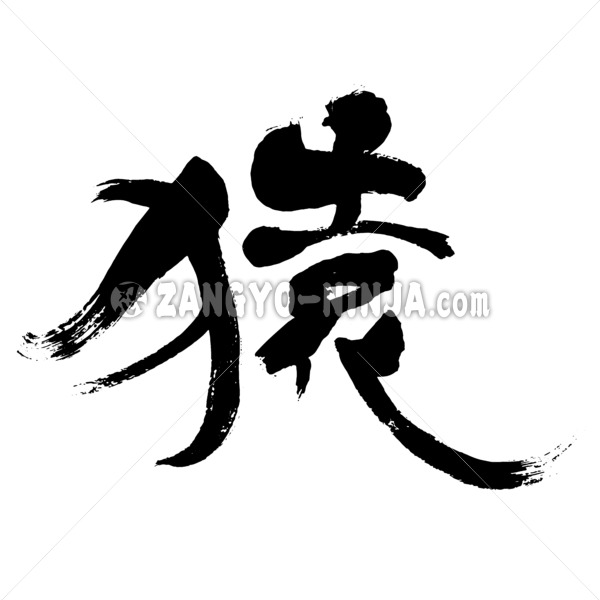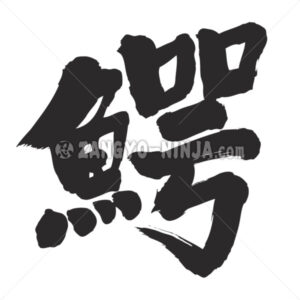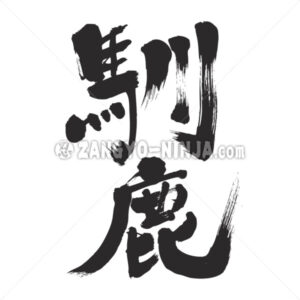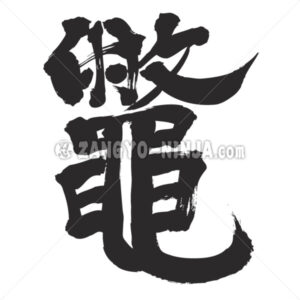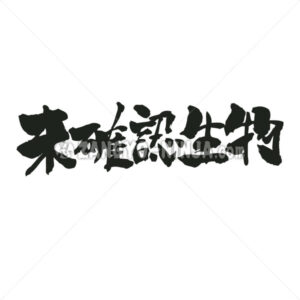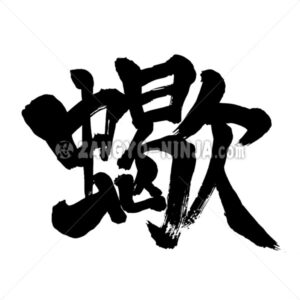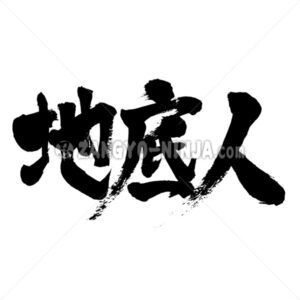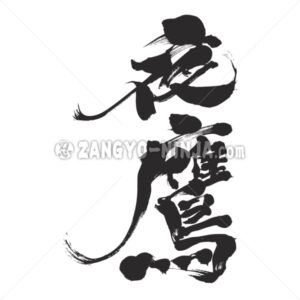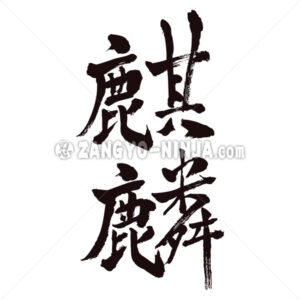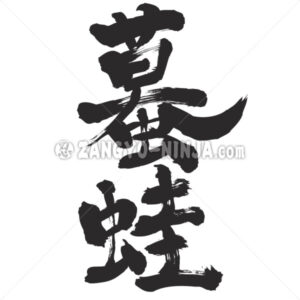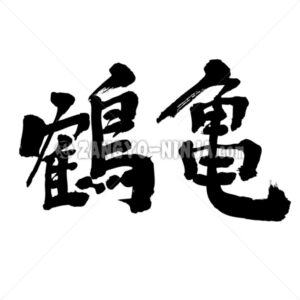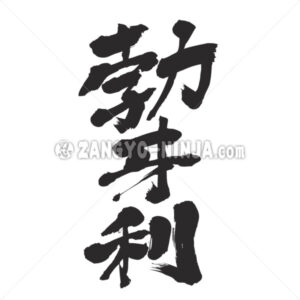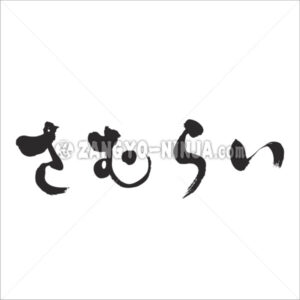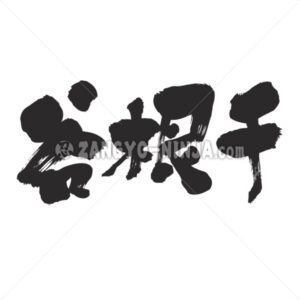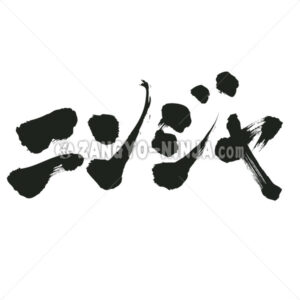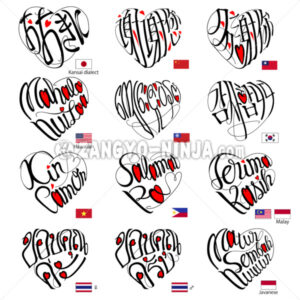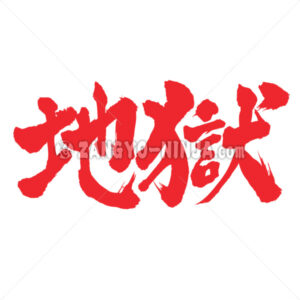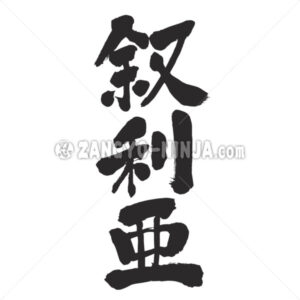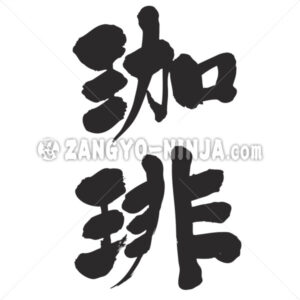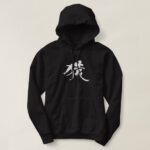Description for “monkey in Kanji”
A generic name for all mammals in the order Primates, excluding the hominids. In zoology, it is the generic term for all primates. They are the second most advanced animals after humans, and many of them are highly intelligent with a well-developed cerebrum, vision (including color vision), and hearing. They have a bare face, eyes facing forward, and can grasp objects with their hands and feet. They live in groups in forests and other places, feeding on leaves, fruits, insects, etc. There are 181 species in 58 genera and 12 families, including gorillas, baboons, spider monkeys, and lemurs. They are divided into proto-monkeys and true monkeys, the latter of which are further divided into wide-nosed monkeys (New World monkeys), narrow-nosed monkeys (Old World monkeys), and anthropoids.
The above is usually the general meaning, but there are other meanings
Words that represent slang
・A term used to mock someone who is cunning or a good imitator.
・A word used to mock a person who is a fool or a dunce.
It is also used to describe tools and utensils
・A tool attached to the upper and lower partition of a storm door, etc., and inserted into a hole in the Kamoi or Shikii to close the door.
・A device used to fasten a free hook by attaching it to the bamboo from which the hook is hung and raising it up.
・A toy device made by folding the four corners of a small piece of paper to form a “kakusaru” (monkey), drilling a hole in the center, threading it through a kite string, and having the kite go up to the kite’s string.
Japanese says “Saru” and “En”.


